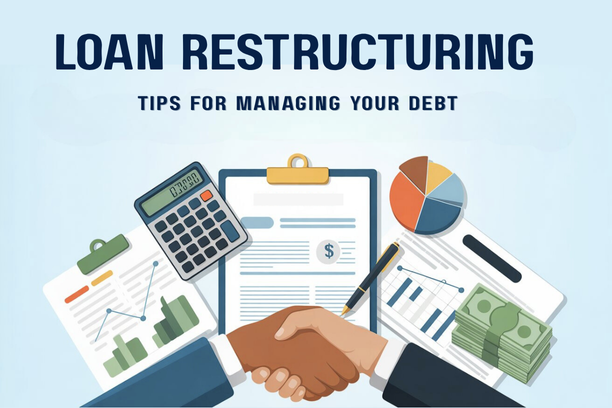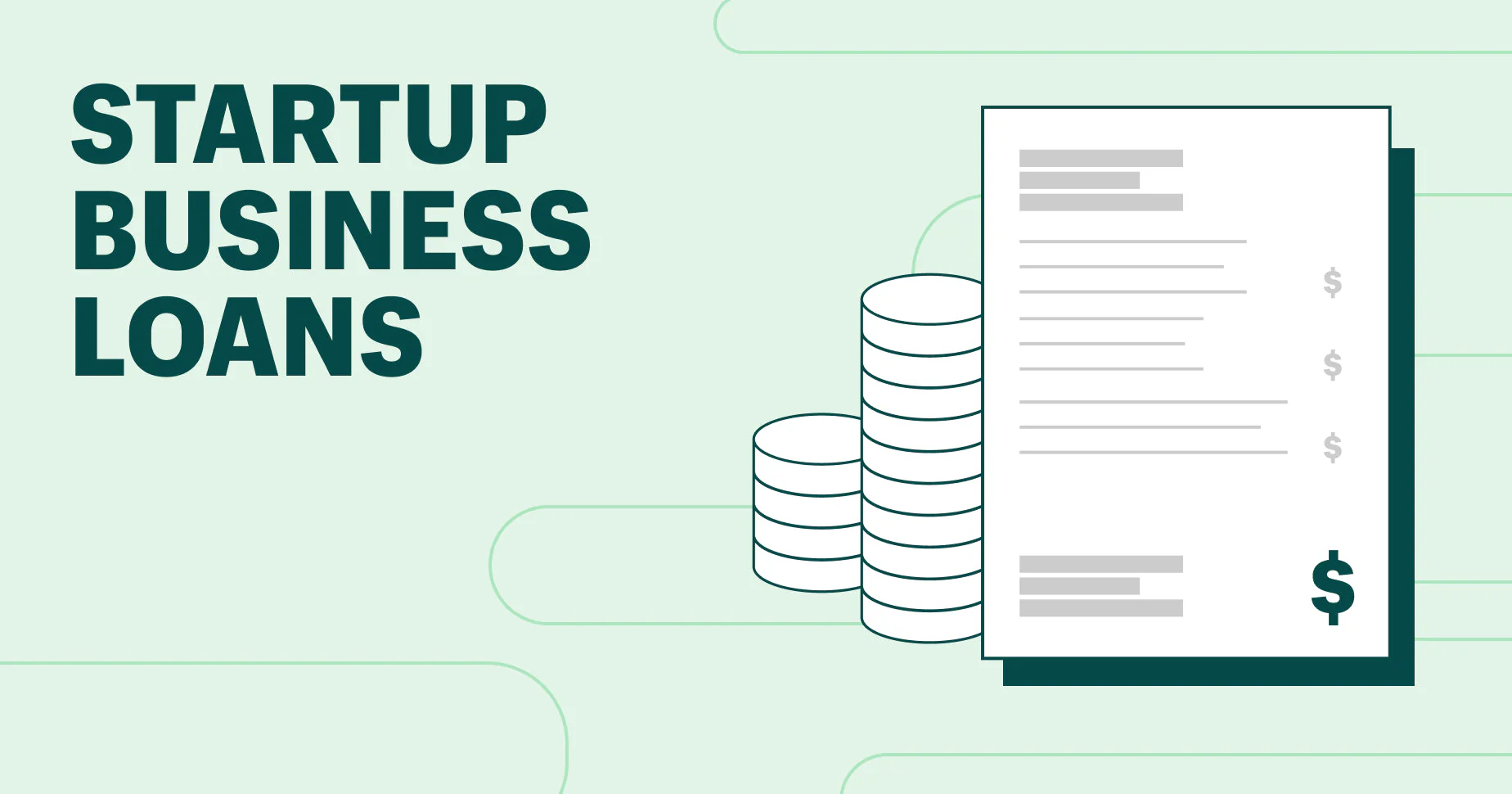Securing a business loan can be a pivotal step for any small enterprise in the Philippines, providing the capital needed for expansion, inventory, or daily operations. However, the path to a successful loan application is paved with specific procedures and conditions that can be challenging to navigate. Unlike personal loans, business loans require a thorough review of your company’s financial health and operational stability. This guide will demystify the process, outlining the essential steps and the key conditions that small business owners must meet to increase their chances of getting approved.
The Essential Conditions for Approval
Before you begin the application process, it is crucial to understand the fundamental conditions that lenders use to evaluate your business. These conditions are in place to ensure that your business is a viable and trustworthy investment. Most lenders, whether they are traditional banks or government agencies, will assess your business’s legal standing, financial health, and operational history. Meeting these requirements is the most critical part of your loan application.
Establishing Your Business’s Legal and Financial Viability
The first and most non-negotiable condition for a small enterprise loan is a legal and complete business registration. Lenders require proof that your business is a legitimate entity in the Philippines. For a sole proprietorship, this means having a valid business name registration with the Department of Trade and Industry (DTI). For partnerships and corporations, you must provide a Certificate of Registration from the Securities and Exchange Commission (SEC), along with your Articles of Incorporation and By-Laws. These documents are the starting point of any application and without them, the process cannot move forward. They prove that you are an official and verifiable business entity.
Beyond legal registration, lenders will also conduct a thorough review of your business’s financial viability. This involves a detailed look at your company’s financial statements, including your latest Income Tax Returns (ITR) and Audited Financial Statements (AFS). Most commercial banks will require these documents for the last one to three years to assess your revenue, expenses, and profitability. A track record of profitable operations is a key condition, as it demonstrates your business’s ability to generate sufficient income to cover loan payments. For smaller loans, the lender may also require several months of bank statements to analyze your cash flow.
Finally, you must be able to demonstrate business stability. A key condition for many commercial banks is that your business must have been in operation for at least one to three years. This is because banks see a long-standing business as less risky than a new one. A longer history provides the lender with a wealth of data to assess your business’s performance over time. While government programs like those from the Small Business Corporation (SB Corp) may be more lenient, a history of consistent operations is a universal condition. This stability proves that your business is not a short-term venture but a sustainable enterprise with a clear market presence.
Personal and Collateral Requirements
In addition to your business’s profile, lenders will also assess your personal standing and any collateral you can provide. While the loan is for your business, your personal financial history is a strong indicator of your reliability as a borrower. Lenders will require your personal information and will conduct a thorough credit check. A good personal credit history, free from defaults or late payments, is a crucial condition for approval. It reassures the lender that you are a responsible individual who can be trusted to manage financial obligations.
For many large business loans, particularly those from major banks, collateral is a non-negotiable condition. Collateral, which can be in the form of real estate, machinery, or other valuable assets, serves as security for the loan. The collateral reduces the bank’s risk because if you are unable to repay the loan, the bank can seize and sell the asset to recoup its losses. The value of the collateral often determines the maximum loanable amount. While some government programs and fintech lenders offer unsecured loans, most traditional small business loans in the Philippines will require some form of collateral.
It is also important to note that the conditions may vary for different types of businesses and loan amounts. For example, a micro-enterprise applying for a small, unsecured loan from SB Corp may only need a barangay business certificate and photos of their business. In contrast, a medium-sized enterprise applying for a multi-million-peso loan from a commercial bank will need audited financial statements and real estate collateral. Understanding these varying conditions is crucial for selecting the right lending institution. Matching your business’s profile to the lender’s conditions can save you a lot of time and effort in the application process.
The Step-by-Step Procedures to Follow
Once you are confident that your business meets the necessary conditions, you can begin the formal application process. While the specific procedures may vary slightly between lenders, there is a universal series of steps that you will need to follow. A systematic and organized approach to each step will ensure a smooth and efficient process, from the initial application to the final disbursement of funds.

The Application and Submission Phase
The first step in the procedure is to complete and submit the loan application form. Many banks and lending institutions now offer online application forms on their websites, which can significantly speed up the initial process. You must fill out the form accurately and completely, providing details about your business, its owners, and the purpose of the loan. This form is the first piece of information the lender will use to evaluate your business, so ensure that all the data is consistent with your financial and legal documents. It is a critical foundation for the entire process.
After completing the form, you must gather and submit all the required documents. This is where your meticulous preparation will pay off. You will need to submit all the documents you have prepared, from your business registration and financial statements to your personal IDs. For some lenders, you may need to submit physical copies at a branch, while others will allow for a fully online submission. It is always a good idea to create a checklist to ensure you have not missed any documents. A complete application packet will be processed much faster than one with missing or incomplete paperwork.
The submission phase also includes a site visit and a credit check. After you submit your application, the lender may send a representative to your business premises to verify the information you provided and to get a firsthand look at your operations. They may also contact your business references, such as your key suppliers or customers, to verify your trading relationships. Simultaneously, the lender will conduct a credit check to review your personal and business credit history. These procedures are part of the bank’s due diligence to ensure that your business is real and that you have a history of responsible financial behavior.
The Review, Approval, and Disbursement Phases
Once all the documents have been submitted and the verification process is complete, your application will be forwarded to the bank’s credit committee for a thorough review. This phase is typically the longest part of the loan procedure, as the committee will meticulously evaluate your business’s financial health, your credit history, and the overall risk of the loan. This process can take anywhere from a few days to several weeks, depending on the complexity of your application. During this time, the lender may reach out to you for additional information or clarification on any aspect of your application.
If your loan is approved, you will receive a loan offer letter that outlines all the terms and conditions. This is a critical document that you must read carefully before signing. It will specify the approved loan amount, the interest rate, the repayment schedule, and any fees or charges. It is important to ensure that these terms match your expectations and that you are comfortable with the repayment plan. Do not hesitate to ask your loan officer for clarification on any terms that you do not fully understand. By signing the agreement, you are legally committing to the loan’s terms and conditions.
The final step in the procedure is the disbursement of funds. After you sign the loan agreement and fulfill any remaining requirements, the loan proceeds will be released to your designated bank account. This marks the culmination of your efforts. With the funds in hand, you can now put your business plan into action, whether it is to purchase new equipment, expand your operations, or manage your working capital. The key to a successful loan is not just getting it but using it wisely and making sure that every payment is made on time.
Conclusion
Securing a business loan for a small enterprise in the Philippines is a challenging but rewarding process. By understanding the essential conditions and following the correct procedures, you can significantly increase your chances of getting approved. Meticulous preparation, transparent financial documentation, and a clear understanding of your chosen lender’s requirements are the keys to a smooth journey. By presenting a well-documented and compelling case, you are not just applying for a loan—you are demonstrating that your business is a worthy and reliable investment.













